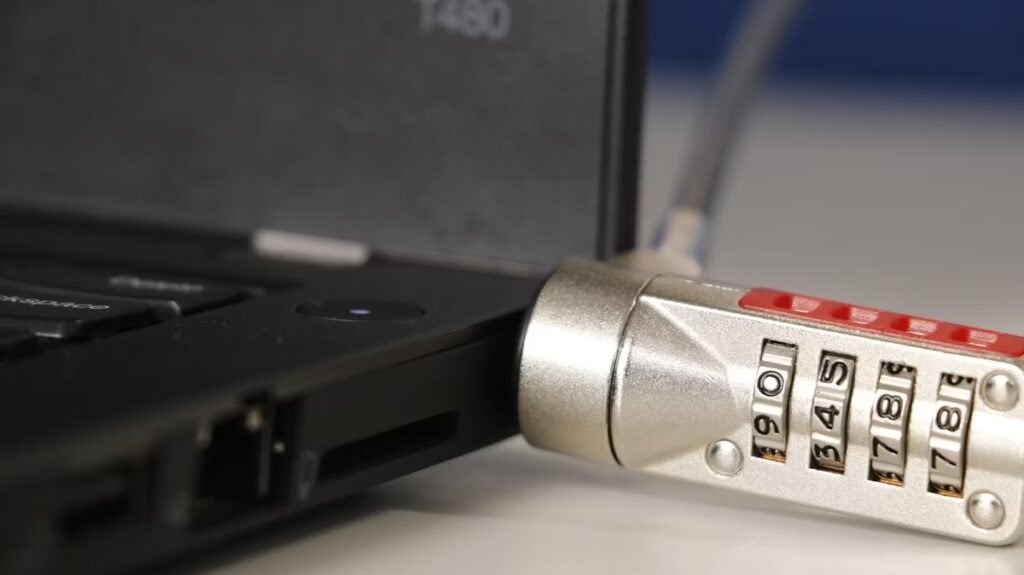Preventing Deanonymization Through Device Telemetry: Staying One Step Ahead
Imagine sitting in your favorite coffee shop, casually checking your emails or browsing the web from your laptop or smartphone. You feel secure behind your VPN and Tor browser, confident in your digital cloak of invisibility. But lurking quietly beneath the surface, your device is whispering secrets—telemetry data that could unravel your carefully crafted anonymity.
This invisible data trail, often unnoticed by most users, is a goldmine for entities looking to deanonymize online activity. Could your own device be the betrayor of your privacy? How can you shield yourself from this subtle yet powerful threat?
In This Article
What Is Device Telemetry?
Device telemetry refers to the automatic collection and transmission of data about a device’s status, usage, and performance to remote servers. This includes system diagnostics, software and app usage patterns, hardware identifiers, network connections, and error reports.
Originally designed for improving user experience and device functionality, telemetry helps software developers understand how their products perform in the wild. However, this constant data flow can also reveal sensitive details that paint a unique profile of the user.
How Telemetry Can Lead to Deanonymization
Even if you mask your IP address or encrypt your traffic, telemetry can quietly betray your identity in unexpected ways. The data emitted can include persistent device IDs, location hints, hardware fingerprints, or patterns of app usage that create a unique digital signature.
Attackers and surveillance agencies can analyze this wealth of metadata to cross-correlate with other data points, narrowing down your identity and habits. Because telemetry is often sent in the background without explicit user consent or awareness, it provides a stealthy channel for tracking.
Telemetry as a Digital Fingerprint
Think of telemetry like your device’s heartbeat and fingerprint combined. While an IP address can be masked or changed, your device’s combination of installed fonts, screen resolution, operating system version, and telemetry data is far harder to fake or randomize consistently.
This consistency allows advanced tracking systems to piece together your true identity or at least link your anonymous sessions together across multiple visits or platforms.
Common Types of Telemetry Data Exposed
Telemetry can contain many categories of data, including but not limited to:
- Hardware and software identifiers: serial numbers, device model, OS versions, and driver details.
- Usage patterns: app launch timings, durations, frequency of use, and even crashes.
- Network metadata: connection types, IP address ranges, Wi-Fi SSIDs, and cellular tower info.
- Location data: GPS coordinates, IP-geolocation, or triangulated wireless hotspots.
- Error reports and logs: detailed system faults that can reveal installed software or browsing habits.
Combine these, and they form a rich mosaic that can uniquely identify a device within a given population.
Real-World Examples of Telemetry-Based Attacks
Several privacy incidents highlight how device telemetry has been weaponized to deanonymize users:
- Smartphone spyware: Some versions of state-sponsored malware abuse device diagnostics and app telemetry to track dissidents without needing persistent network surveillance.
- Browser fingerprinting: Browsers collect environment data, including installed plugins and system fonts, which combined with telemetry data create an almost unique fingerprint.
- Targeted marketing surveillance: Companies often collect telemetry data to profile users across multiple apps and devices, then share or sell this data to third parties for ads or further analysis.
One notable case involved researchers demonstrating how continuous telemetry data from smart TVs were used to reconstruct viewing habits—even when users tried to limit sharing permissions.
Strategies to Prevent Telemetry Leaks
Complete elimination of telemetry is difficult, but there are practical steps you can take to significantly reduce your exposure:
- Disable telemetry in device settings: Many operating systems and applications allow you to turn off or limit telemetry collection in privacy settings.
- Use privacy-focused operating systems: Consider using Linux distros such as Tails or Qubes OS, which are designed to minimize telemetry and metadata leaks.
- Block telemetry domains at the network level: Use firewall rules or hosts file modifications to block known telemetry servers.
- Employ network privacy tools: VPNs and Tor can mask your IP layers; however, be aware that some telemetry data can still leak inside these tunnels.
- Regularly audit installed applications and services: Remove or disable software that is known for heavy telemetry use.
- Use containerization or sandboxing: Isolate apps with high telemetry risk from your core environment to limit data cross-contamination.
For Windows users concerned about tracking, tools like O&O ShutUp10 provide granular control over system telemetry and data sharing settings.
Balancing Privacy With Convenience
For many people, telemetry is tied to device functionality, updates, and enhanced user experience. An overly restrictive approach can disable important security patches or break apps.
Finding a middle ground where you limit unnecessary telemetry without compromising core features is key. For example, configure updates to download only over trusted networks or schedule telemetry transmissions at randomized intervals to avoid pattern detection.
Businesses and experts often recommend combining good “data hygiene” with principled operational security (OpSec) practices—like those detailed in resources such as How to Practice Good “Data Hygiene” Across Devices. This approach ensures you don’t rely solely on technical lockdowns but build a resilient privacy routine.
FAQ About Device Telemetry and Privacy
Q: Is it possible to completely block all telemetry from my device?
A: While you can drastically reduce telemetry data by disabling features and using privacy-centric OSes, completely blocking every form is very difficult—as some telemetry is embedded deeply for system integrity and updates.
Q: Can using the Tor network fully hide telemetry data?
A: Tor anonymizes your IP and encrypts traffic but does not block telemetry originating from your device itself. Telemetry often includes unique device info sent inside encrypted packets, so additional measures are required.
Q: Are smartphones more vulnerable to telemetry leaks than desktop computers?
A: Generally, yes. Smartphones often have more built-in sensors, permanent hardware identifiers, and vendor-controlled telemetry baked into apps and OS. However, desktops and laptops are also at risk, especially with modern operating systems.
Ultimately, the future of digital anonymity depends heavily on understanding and managing the subtle signals our devices emit. The less your telemetry reveals, the harder it is for trackers to triangulate your identity.
For those looking to deepen their knowledge of anonymity tools and advanced privacy techniques, exploring guides such as How to Build a Digital Pseudonym That Doesn’t Collapse Under Pressure offers practical strategies to further obscure your digital footprint beyond just the device level.
Remember, privacy isn’t just about the tools you use—it’s about the habits you develop. By taking device telemetry seriously, you keep one step ahead in the constant game of digital hide-and-seek.




Pingback: The Shocking Ways Your Smart Fridge Tracks Tor Usage | Torutopia
Pingback: How Your Gaming Habits Can De-Anonymize You on the Darknet | Torutopia